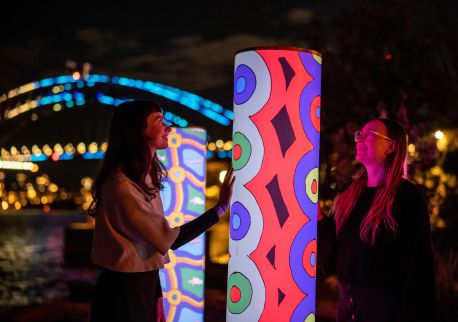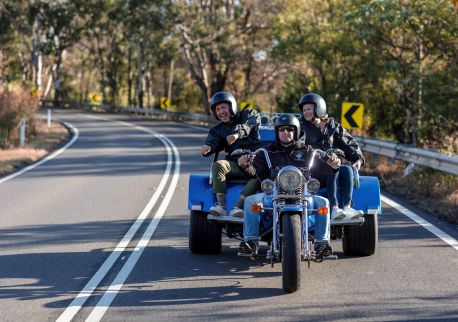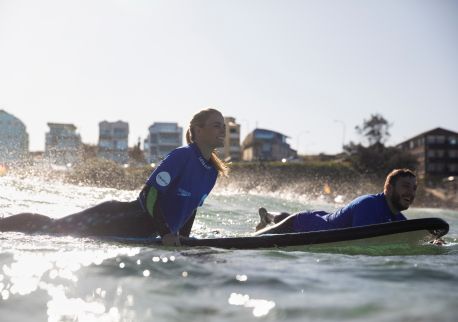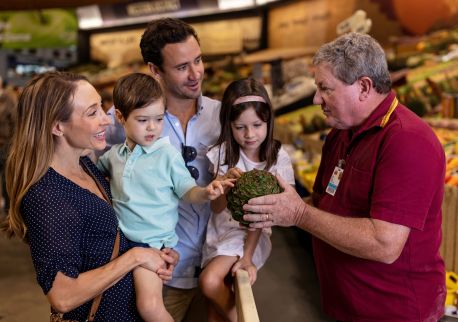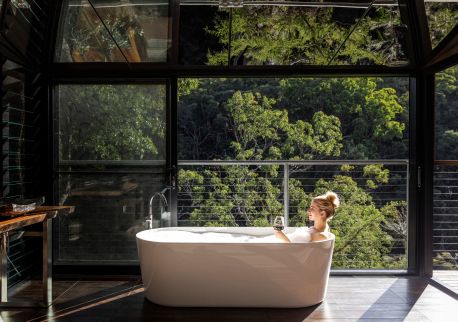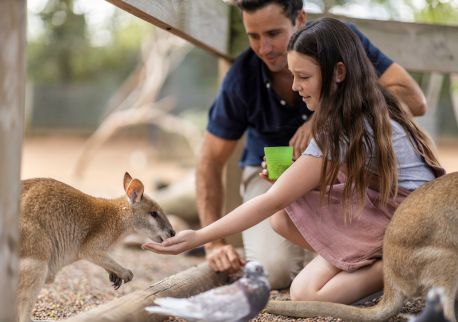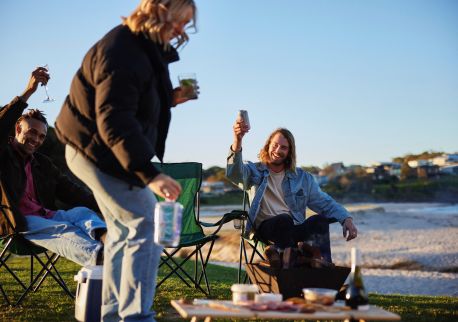Victor Valdes - South America on a Harp
Sunday 06 July 2025
Overview
House to Grow invites audiences to join Hidden Stories: Faces of our Community initiative, a multicultural photography exhibition celebrating diversity, art, and culture. The event will feature Victor Valdés, one of Australia's leading world music artists.
Victor Valdés is a virtuoso Mexican harpist, singer, and dancer who has redefined the harp as a solo and lead instrument. His powerful, compelling voice and magical harp create a unique musical experience that takes audiences on a sonorous journey through the many emotions of the Latin American musical landscape.
As a walking encyclopedia of Latin music past and present, Victor passionately tells stories through his music that traverse the rich musical traditions of Mexico and Latin America.
Throughout his remarkable career, Valdés has performed in over 25 countries across four continents, establishing himself as a truly global musical artist.
Victor Valdes has shared stages with an impressive array of performers, including Angus and Julia Stone, Aloe Blacc, Los Lobos, Mirusia, Jimmy Barnes, and even The Wiggles. His versatility has been recognized across folk, world music, rock, and blues festival stages throughout Australia, with a notable highlight being named Director's choice at Bluesfest.
Victor Valdés presents an extraordinary opportunity for audiences to experience a captivating performance of Mexican and South American musical favorites, promising an unforgettable multicultural musical journey that celebrates the rich artistic heritage of Latin American music.








